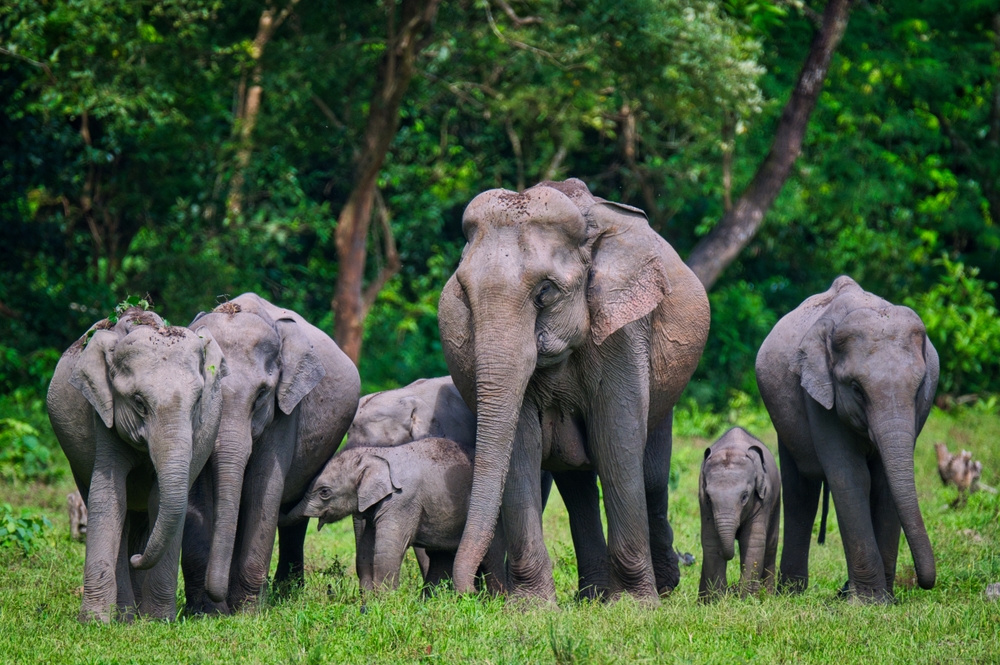Manas Overview
Manas National Park, known locally as Manas Rastriya Udyan, is a UNESCO World Heritage Site situated in the northeastern state of Assam, India. Spanning an area of approximately 366 square miles (950 square kilometers), the park is nestled at the foothills of the Eastern Himalayas, sharing its northern boundary with Bhutan’s Royal Manas National Park. This contiguous transboundary conservation area highlights its significance as a vital ecological corridor in the region. The park derives its name from the Manas River, a major tributary of the Brahmaputra River, which flows through it and adds to its scenic beauty.
The terrain of Manas National Park is a harmonious blend of grasslands, tropical semi-evergreen forests, and riverine habitats. Its lush landscapes are characterized by dense forests, rolling hills, and vast stretches of savannah-like grasslands. Among its notable geographic features is the Bansbari Plain, a picturesque region teeming with biodiversity, and the striking backdrop of the Bhutanese mountains to the north. The park’s vegetation includes species like sal, bamboo, and a variety of tropical flowering plants, which provide a dense canopy and vibrant seasonal blooms that enhance the natural beauty of the area.
Manas is celebrated for its rich and diverse wildlife, including several endangered and endemic species. It is a haven for large mammals such as the Bengal tiger, Indian elephant, and Indian rhinoceros. The park is also home to the rare and elusive clouded leopard and the endangered golden langur. Its grasslands support species like the pygmy hog, swamp deer, and hispid hare. Bird enthusiasts are drawn to Manas for its incredible avifauna, which includes over 450 bird species. Prominent sightings include the great hornbill, Bengal florican, and a variety of waterfowl and raptors that thrive in its pristine habitats.
Visitors to Manas National Park often highlight its unique experiences, including jeep safaris that traverse its undulating terrain, elephant-back rides through the grasslands, and guided boat rides along the Manas River. The park is also a destination for eco-tourism, with well-maintained lodges and community-managed facilities offering an immersive experience in the wilderness. Birdwatching and nature trails provide quieter, more contemplative ways to engage with the park’s biodiversity.
Manas faces several conservation challenges, including habitat degradation, poaching, and human-wildlife conflict. However, concerted efforts by the government and local communities have led to notable successes. Once listed as a World Heritage Site in Danger, Manas has seen a resurgence in its wildlife populations due to stringent anti-poaching measures and habitat restoration programs. The active participation of local communities has been instrumental in its conservation story, highlighting a model of sustainable coexistence.










































































